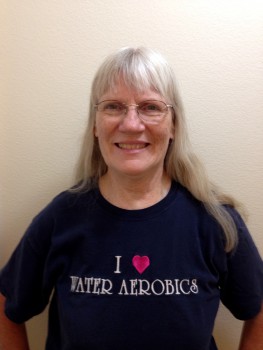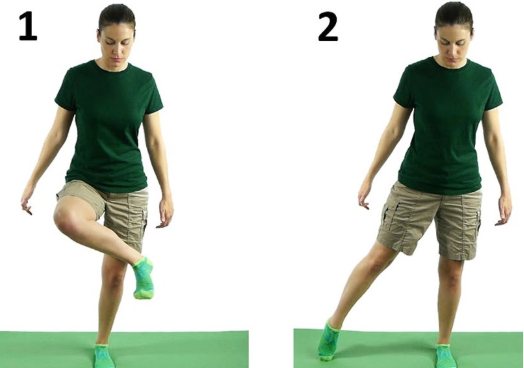
COVID-19 has most of us homebound these days with no definite end in sight. What are you doing to fill your time? There is probably a lot of Netflix movie and TV binge watching going on. But it is important to stay active as well. Here are some ideas to get you moving:

(1) Spring cleaning is probably not on the top of anyone’s list, but it is spring and house work is exercise. It is recommended that you regularly clean door knobs, light switches, faucet handles, toilet handles and seats, computer keyboards and cellphones, all of which you touch frequently. For the cellphones, use a wipe for cleaning glasses. Get more ambitious and clean the refrigerator, wash the curtains and deep clean the bathrooms. Since my grandchildren are not coming over during this time, I took the opportunity to wash all the toys in their toybox and replace all the batteries. Cleaning supplies can be hard to find. You can order safe, bio-degradable cleaning supplies online from Branch Basics at https://branchbasics.com/shop/
(2) If you enjoy gardening, that is another great way to get some exercise. You can create a container garden for your patio or work in your backyard garden. There has been a lot of rain in Plano, Texas which is good for the flowers; my verbena and bluebonnets are especially beautiful. The rain has been good for the weeds too, so weeding is one of my projects. If you want to plant something, Calloway’s allows you to make phone orders for curbside pickup.
(3) Walking is the perfect exercise for everyone and the spring weather has made walking around the neighborhood especially enticing. Explore those side streets that you usually just drive past in your car. Remember to maintain social distancing, since many of your neighbors have the same idea.
(4) You can do a strength training workout in your living room. I’ve got two home workout videos on YouTube that you can check out for ideas. The first video uses household items that you already have for equipment. Go to https://youtu.be/xtGvywsYY4g to view it. The second video uses bands. Go to https://youtu.be/DwXrroDRaOc to view that one. Other Plano instructors have also created videos. You can find them on the Plano Parks & Recreation Facebook page.
The pools may be closed but we still have to keep moving. Stay safe!
Chris Alexander





















